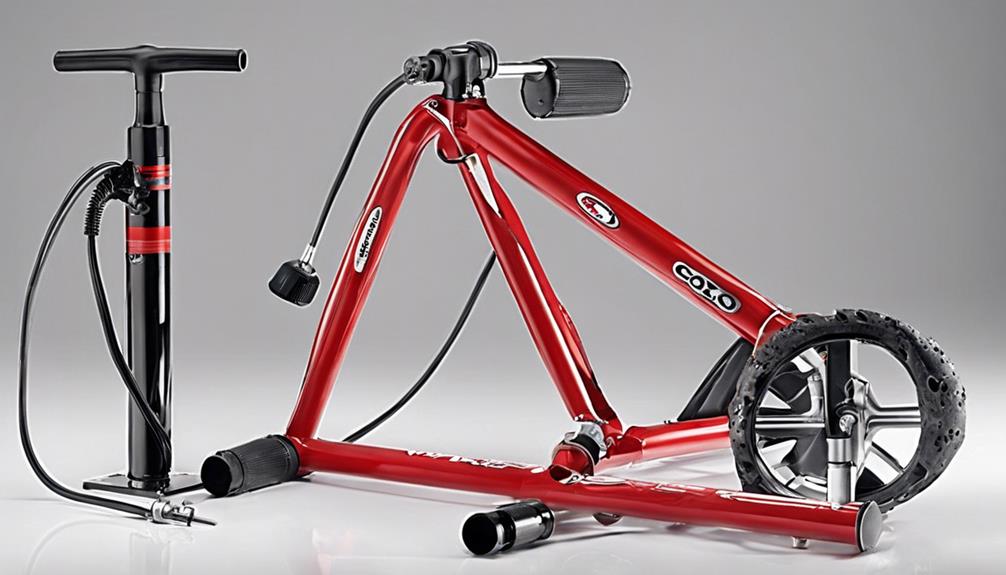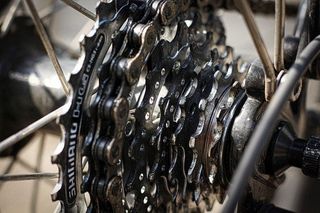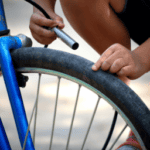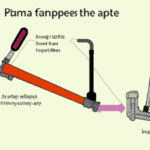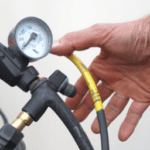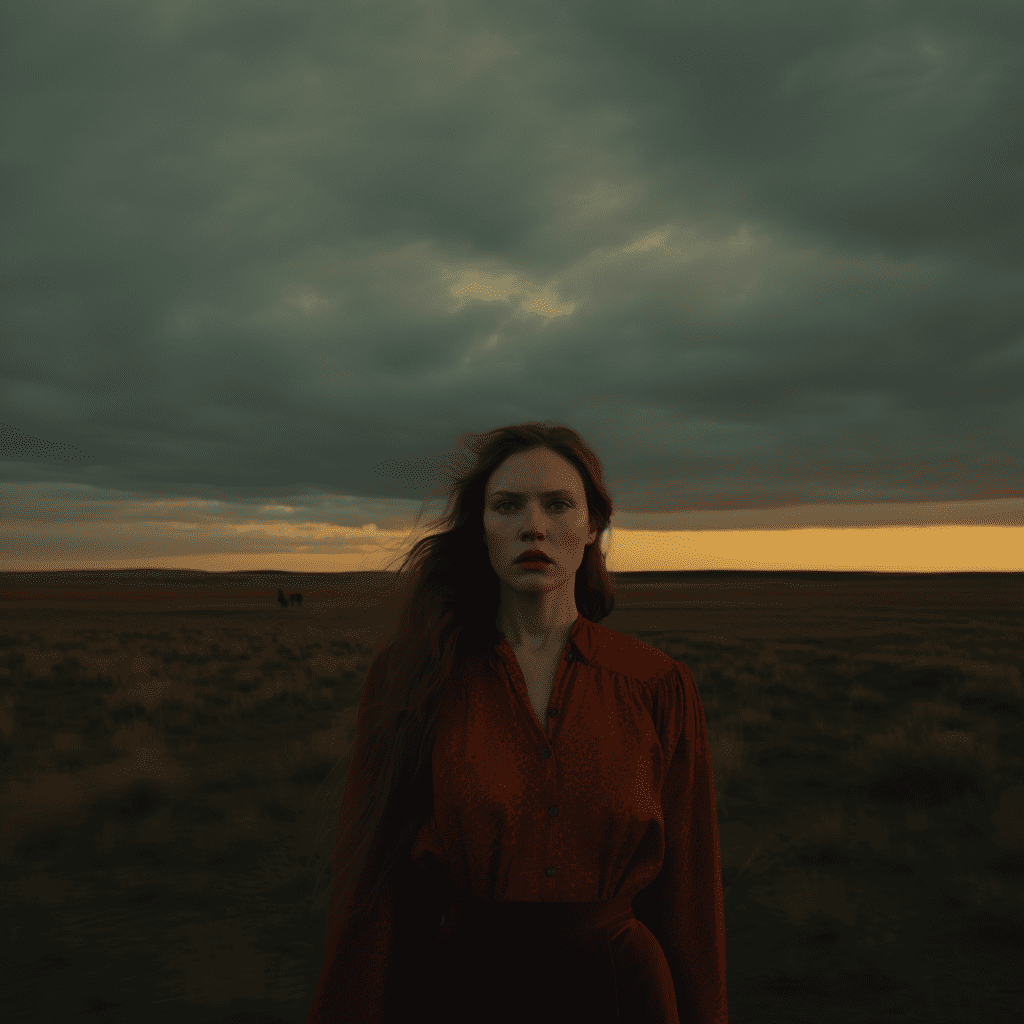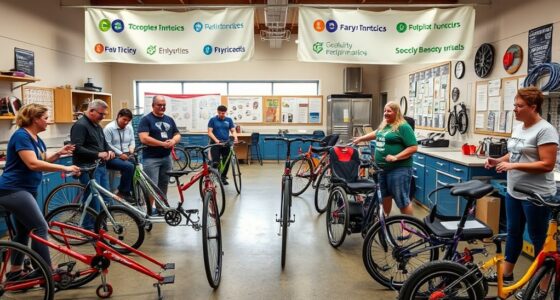As we navigate the world of bike and car maintenance, the importance of understanding the intricacies of various pump types becomes evident.
Imagine being in a situation where the wrong pump could leave you stranded with a flat tire or an underinflated ball.
The knowledge of Presta and Schrader valves is just the tip of the iceberg when it comes to ensuring you have the right tools for the job.
Let's explore the realm of bike and car pumps where the choices are abundant, but the right one can make all the difference in your next adventure.
Key Takeaways
- Presta and Schrader valve pumps cater to different bike tire needs with unique designs and functionalities.
- High-volume and high-pressure floor pumps are specialized for mountain and road bike tires respectively.
- Frame-fit and mini hand pumps offer portable solutions for inflating tires on the go.
- CO2 inflator and shock pumps provide specific functionalities for emergency situations and suspension adjustments.
Presta Valve Pump
When inflating tires with Presta valves, it's crucial to ensure compatibility with the specific pump design to achieve optimal airflow control. Presta valves, with their 6mm outer diameter and unique design named after Etienne Sclaverand, require precision in handling. These valves boast a smaller hole for the valve stem, maintaining wheel strength, and incorporate a nut for airflow regulation.
Some Presta valves even feature removable cores, ideal for tubeless setups enabling customization and sealant addition. To cater to deeper rims and enhance compatibility with specialized wheels, Presta valve extenders are available. The threading on Presta valves adheres to the ISO 4570 standard, with external threads ensuring a secure connection and compatibility with various pump types.
This attention to detail is crucial, especially when dealing with high-pressure scenarios, guaranteeing efficient inflation and tire performance. Mastering the nuances of Presta valves and selecting the right pump can significantly impact the overall biking experience.
Schrader Valve Pump

Commonly utilized for motor vehicles and wide-rimmed bicycle tires, Schrader valve pumps provide efficient air inflation due to the distinctive design of Schrader valves. Schrader valves are known for their robust construction and ease of use, making them a popular choice for various applications.
Here are three key points to understand about Schrader valve pumps:
- Durable Design: Schrader valves feature a spring-loaded core that allows air to flow when the valve is pressed, ensuring a reliable seal and efficient air transfer. This design contributes to the durability of Schrader valves, making them less prone to damage during frequent use.
- Versatile Usage: With an outer diameter of 8mm (0.31 inches), Schrader valves are commonly used in lower-pressure applications, such as automotive and bicycle tires. Their versatility makes them suitable for a wide range of inflation needs.
- Efficient Inflation: Schrader valve pumps are designed to deliver air volume effectively, enabling quick and convenient tire inflation while maintaining the desired tire pressure. This efficiency makes them an essential tool for maintaining optimal tire performance.
High-Volume Floor Pump

Utilizing a high-volume floor pump is essential for efficiently inflating large, high-volume tires commonly found on mountain bikes and some hybrid bikes. These pumps are designed with a higher volume per stroke, typically around 683 cc, allowing for quick inflation of larger tire volumes. They cater to the lower pressure requirements of mountain bike tires, usually in the range of 40-60 psi. However, they are not suitable for high-pressure road bike tires that may require pressures exceeding 100 psi.
| High-Volume Floor Pump | Facts |
|---|---|
| Designed for mountain bike tires | Efficiently inflates larger volumes |
| Higher volume per stroke | Quick inflation |
| Ideal for 40-60 psi pressure range | Meets mountain bike tire needs |
| Not suitable for high-pressure road bike tires | Limited to lower pressures |
High-volume floor pumps focus on efficiently inflating tires with larger air volumes at lower pressures, ensuring they meet the specific needs of mountain bike tires while not being suitable for high-pressure road style tires.
High-Pressure Floor Pump

High-pressure floor pumps boast the capability to reach pressures of up to 220 psi or 15 bar, catering to the needs of high-pressure road bike tires. These pumps are equipped with large, easy-to-read gauges that ensure precise pressure measurements for optimal tire inflation.
When discussing high-pressure floor pumps, we'll cover essential aspects such as pump features, proper usage techniques, and key maintenance tips.
Pump Features
With a focus on precision and efficiency, high-pressure floor pumps excel at handling inflation tasks requiring pressures above 160 psi. These pumps are tailored for road bikes with high-pressure tires, providing accurate and rapid inflation. Here are key features of high-pressure floor pumps:
- High Pressure Rating: Typically boasting a pressure rating of around 200 psi or 15 bar, these pumps cater to the needs of road cyclists.
- Large Gauges: Equipped with easy-to-read gauges, high-pressure floor pumps ensure accurate pressure readings during inflation.
- Specialized Design: The design often includes compatibility with Presta valves and Schrader valves, making them versatile for different valve stems.
These features make high-pressure floor pumps essential tools for maintaining optimal tire pressure on high-performance road bikes.
Proper Usage
To correctly operate a high-pressure floor pump, ensure the pump head is securely attached to the valve stem before initiating inflation. These pumps are ideal for inflating road bike tires to pressures of around 100-120 psi. High-pressure floor pumps typically come with a pressure gauge for accurate inflation within the recommended range. When using this type of pump, it's crucial to lock the pump head onto the valve stem before pumping to prevent air leakage. High-pressure pumping may require more effort due to the pressures involved. Regularly checking tire pressure with a high-pressure floor pump is essential for optimal performance and reducing the risk of flats.
| High-Pressure Floor Pump | |
|---|---|
| Ideal for road bike tires | Accurate pressure gauge |
| Secure pump head attachment | Regular pressure checks |
Maintenance Tips
Before proceeding with maintenance tips for the high-pressure floor pump, it's important to ensure that the pump head is securely attached to the valve stem to prevent air leaks during inflation.
When maintaining your high-pressure floor pump, remember to:
- Regularly check and tighten the pump head to avoid air leaks.
- Lubricate the pump's internal components periodically for smooth operation.
- Clean the gauge frequently to ensure accurate pressure readings.
Frame-Fit Pump

Frame-fit pumps are designed with a portable and convenient design, allowing for easy attachment to the bike frame. These pumps are tailored for high-pressure tires on road bikes, making them longer and heavier than mini pumps.
With various sizes available to ensure a secure fit on different frame dimensions, frame-fit pumps are a practical solution for on-the-go inflation needs.
Portable and Convenient Design
With a streamlined and efficient design, frame-fit pumps seamlessly attach to road bike frames for quick and accessible tire inflation on-the-go. These portable pumps cater specifically to high-pressure tires commonly found on road bikes, making them an essential tool for cyclists.
Here are three key points about frame-fit pumps:
- Direct Attachment: Frame-fit pumps snap directly onto road bike frames without the need for extra mounting hardware, ensuring a secure and stable connection.
- Customized Fit: Available in various sizes based on frame dimensions, these pumps offer a tailored fit for different bike designs, enhancing convenience and accessibility.
- On-the-Go Use: Designed for portability, frame-fit pumps are ideal for quick tire inflation during rides, providing cyclists with a reliable solution for unexpected flats.
Easy Attachment to Frame
Attaching a frame-fit pump to a road bike frame requires a simple and secure snap-on mechanism, eliminating the need for additional mounting hardware. These pumps are designed specifically for high-pressure road bike tires and provide quick inflation when needed.
Available in various sizes to ensure a secure attachment, frame-fit pumps are a convenient solution for cyclists. Despite being longer and heavier than mini-pumps, their direct attachment to the frame ensures easy access while riding.
With a frame-fit pump, cyclists can efficiently inflate their tires without the hassle of carrying extra equipment. The practical design of these pumps allows for a seamless integration onto the bike frame, offering a reliable and accessible inflation tool for on-the-go cyclists.
Mini Hand Pump

Compact and lightweight, mini hand pumps are essential accessories for cyclists requiring on-the-go inflation solutions. These pumps are highly valued by both road cyclists and mountain bikers due to their portability and emergency use capabilities.
Here are some key features of mini hand pumps:
- Compact Design: Mini hand pumps are designed to be small and easy to carry, fitting neatly into a backpack or attached to the bicycle frame without adding bulk.
- Built-in Hose: Many mini hand pumps come with a built-in hose, which helps reduce stress on the valve stem during inflation, ensuring a secure connection and preventing damage.
- Variable PSI Capacities: These pumps offer varying psi capacities to accommodate different tire pressure requirements, allowing cyclists to adjust inflation levels based on their specific needs.
CO2 Inflator Pump

CO2 inflator pumps provide cyclists with a lightweight and minimalist solution for quickly inflating tires in emergency situations. These pumps are designed for Presta or Schrader valves and offer quick tire inflation using CO2 cartridges.
The cartridges, available in various sizes, are single-use and should be chosen based on the tire size and desired pressure. While ideal for emergency use due to their portability and rapid inflation capabilities, CO2 inflator pumps aren't intended for frequent or extensive tire maintenance, given the disposable nature of the cartridges.
Cyclists often opt for these pumps when seeking a compact and efficient inflation method while on the move. It's essential to understand the compatibility of the CO2 inflator pump with your specific tire valves and to carry an adequate supply of cartridges for extended rides or group cycling where multiple flats can occur.
Frequently Asked Questions
How Do I Know What Bike Pump to Use?
We determine the bike pump by matching the tire valve type (Presta or Schrader) and checking the recommended pressure range. Consider pump portability and attachments for valve compatibility. Choose based on your needs—emergency, racing, or home use.
What Are the Different Types of Bike Pump Connection?
We connect bike pumps using Presta or Schrader valves. Presta valves are common on high-pressure road bikes, featuring a 6mm outer diameter stem with external threads. Schrader valves are found on car tires and some bikes, with a larger diameter and no threads.
Do Different Bikes Need Different Pumps?
Yes, different bikes require diverse pumps due to valve types and tire specifications. Presta valves for road bikes and Schrader valves for mountain bikes influence pump selection. Understanding these distinctions ensures optimal tire inflation and performance.
Is My Bike Pump Presta or Schrader?
We can identify if your bike pump is Presta or Schrader by examining the pump head. Presta valves require a screw-on connection, while Schrader valves have a push-on connection. Knowing this ensures proper inflation without damaging the valve stem.
Conclusion
In conclusion, with the right pump, maintaining your bike or car can be a breeze. Remember, having the wrong pump can leave you deflated in more ways than one. So, choose wisely and ensure you have the right tool for the job.
Happy pumping!
